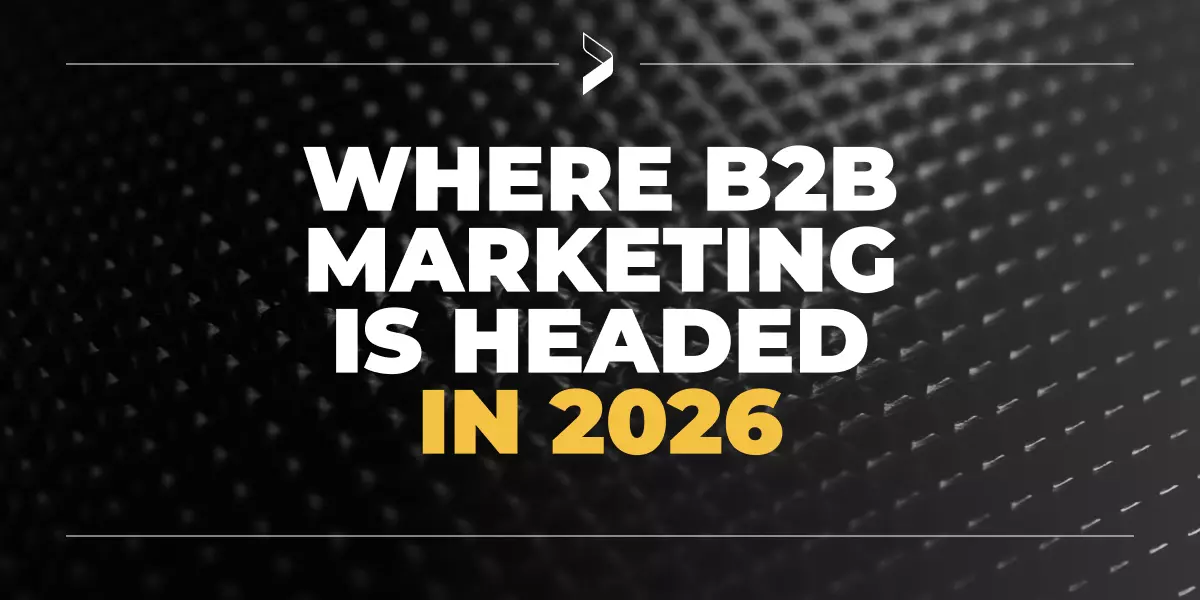4 Tips to Get Started with Your Green Marketing Efforts

Green marketing is about much more than eco-friendly messaging, product labeling and environmental packaging. Whether it is a green product or a company’s sustainability program, many factors need to be considered before a marketing program is rolled out.
I recently attended an Institute for the Study of Business Markets (ISBM) jam session on sustainability that underscored that planning your green marketing efforts is not a simple task. Green marketing is about much more than eco-friendly messaging, product labeling and environmental packaging. Whether it is a green product or a company’s sustainability program, many factors need to be considered before a marketing program is rolled out.
1. Know your brand. Does the message that you are trying to communicate connect with the core of your brand? If you’re unsure, check out Sustainable Brands. This site seeks to help brands embed purpose-driven environmental and social innovation into the DNA of their business so that sustainability becomes a core driver of business and brand value. If you are a brand associated with quality, you should have a sustainability position. In general, sustainable products are associated with quality.
2. Know your company. Is your company already committed to green practices, or do operational changes need to be made? Start by establishing corporate sustainability goals and then assess what operational changes need to be made in order to achieve those goals.
3. Know your audience. Who is this message going to matter to, and will it resonate with your various target audiences? Green marketing isn’t just about your customers. You need to take into account all key stakeholders, shareholders, suppliers, interest groups, government, media and employees.
Developing personas and understanding the role sustainability plays in the customer journey can be very helpful when developing your plan. Consumer trends eventually impact the B2B space, so it’s important to pay attention to those as well. People are people and they will make buying decisions based not only on functional product attributes, but also on personal and emotional considerations. It is important to conduct research and understand your target audiences’ needs and expectations around green. The Natural Marketing Institute is an excellent resource that offers global expertise in sustainability and health.
4. Know what you are marketing. What is your value proposition? Only a small percentage of the population buys primarily for green motivation. For this reason, it is not a good idea to build your value proposition and messaging exclusively around green. Sustainability can be a solid way to differentiate, but a green product rarely equates to a premium price. Regardless of your motivation, make sure you can substantiate your claims since it is very difficult to regain credibility if you greenwash. If you are unfamiliar with the term greenwashing, it is green marketing that is spun to mislead your audience by giving them the perception that an organization's products, aims or policies are environmentally friendly even when they are not. You can also lend credibility to your product by using a third-party label, endorsing your sustainability claims. Check out the Ecolabel Index for more information on ecolabeling.
Green marketing can be complex, but a successful green marketing initiative can energize your workforce, engage customers and grow your bottom line.
Sign Up for our Newsletter - Get agency updates, industry trends and valuable resources delivered directly to you.
Donna Harris - Director of Strategy
Donna is fascinated with industry trends and market research. She supports account teams with insight and strategic planning and thrives on conquering challenges that keep clients up at night.




